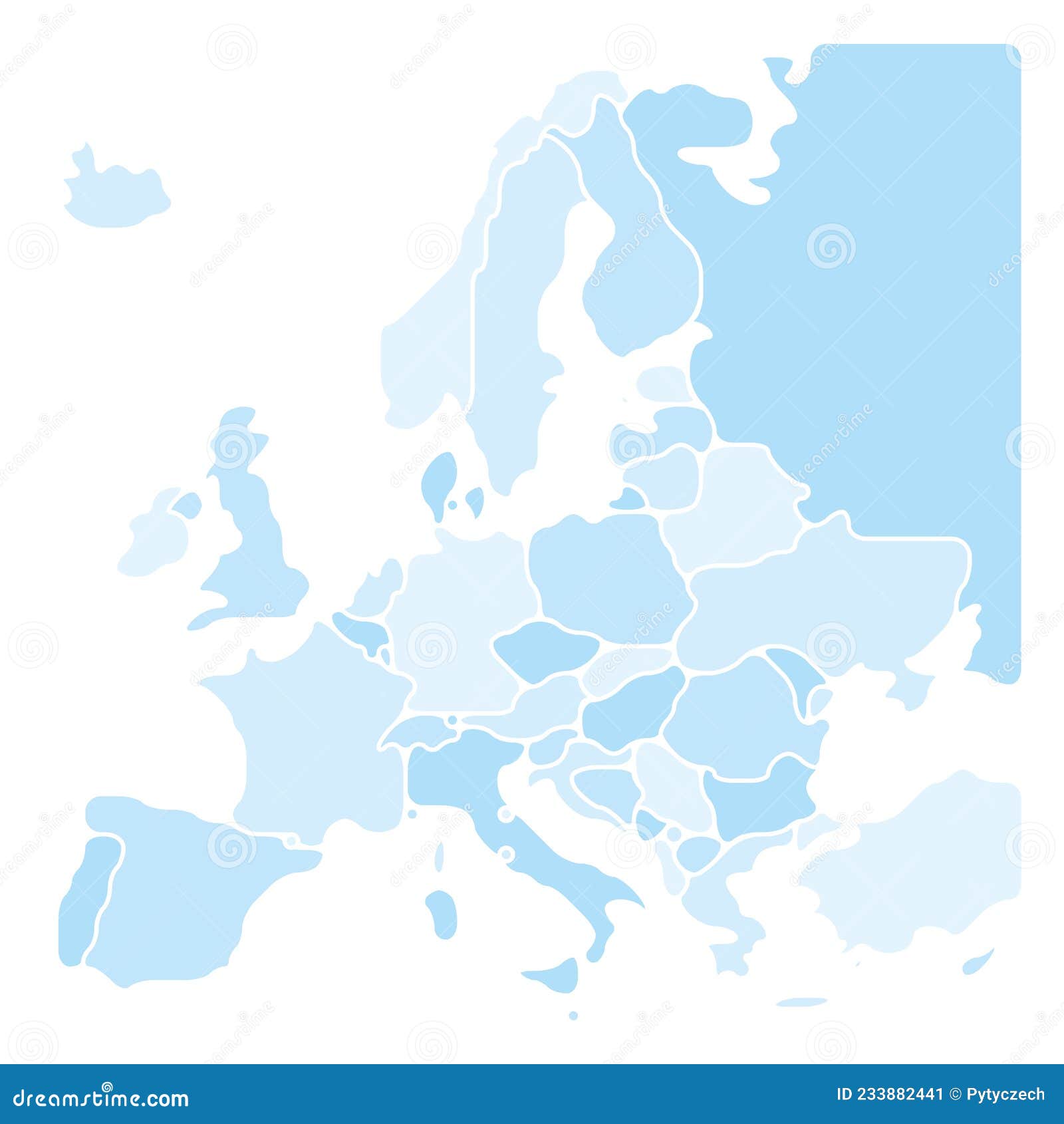


Next map: the world in 1500 BCE Dig Deeperįor details of the different civilizations, click on the relevant timeline above.“Mississippi Territory and Georgia.” W. The majority of the continent, however, remains home to hunter-gatherers.

In South America, farming is expanding over a wide area, and large, permanent villages are appearing in Peru. In North America, arctic hunters, ancestors of the present-day Inuit, are beginning to spread over the far north. The first of these are heavy carts, but it will not be long before they evolve into light, two-wheeled chariots. By this time, they have harnessed horses to the first wheeled vehicles. They take their ancestral Indo-European language with them. These are horse-breeding peoples who have been moving both eastwards across central Asia, and westwards into Europe. Europe and Central AsiaĪnother group who, in the course of history will come to cover a large part of he globe, are spreading outwards from the steppes north of the Black Sea. From here, in the course of their history they will travel over a vast area of the globe: eastwards as far as Hawaii and Easter Island, and westwards as far as Madagascar. On the islands and coasts of southern China the ancestors of the Malays and Polynesians are starting their great migration down into South East Asian waters. Soon one of the world’s great civilizations will emerge here. In the river valleys of China, villages are growing in number and size, and their technologies are advancing. This shows advanced features such as town planning and effective drainage systems. South AsiaĪn urban civilization has also appeared on the Indian sub-continent, in the Indus valley. The first literatures are flowering, and already some of the most spectacular structures in all world history, the Great Pyramids, have been built in the Nile valley. They have sophisticated writing systems, bronze technologies and highly developed public administrations. In the Middle East of the early Bronze Age the two great civilizations of ancient Mesopotamia and Egypt are flourishing. But farming and pastoral populations are continuing to encroach on their lands, and in many parts of the world the rise of civilization is astonishing. In 2500 BCE much of the world is still populated by hunter-gatherers. World history in 2500 BCE - ancient civilizations thrive


 0 kommentar(er)
0 kommentar(er)
